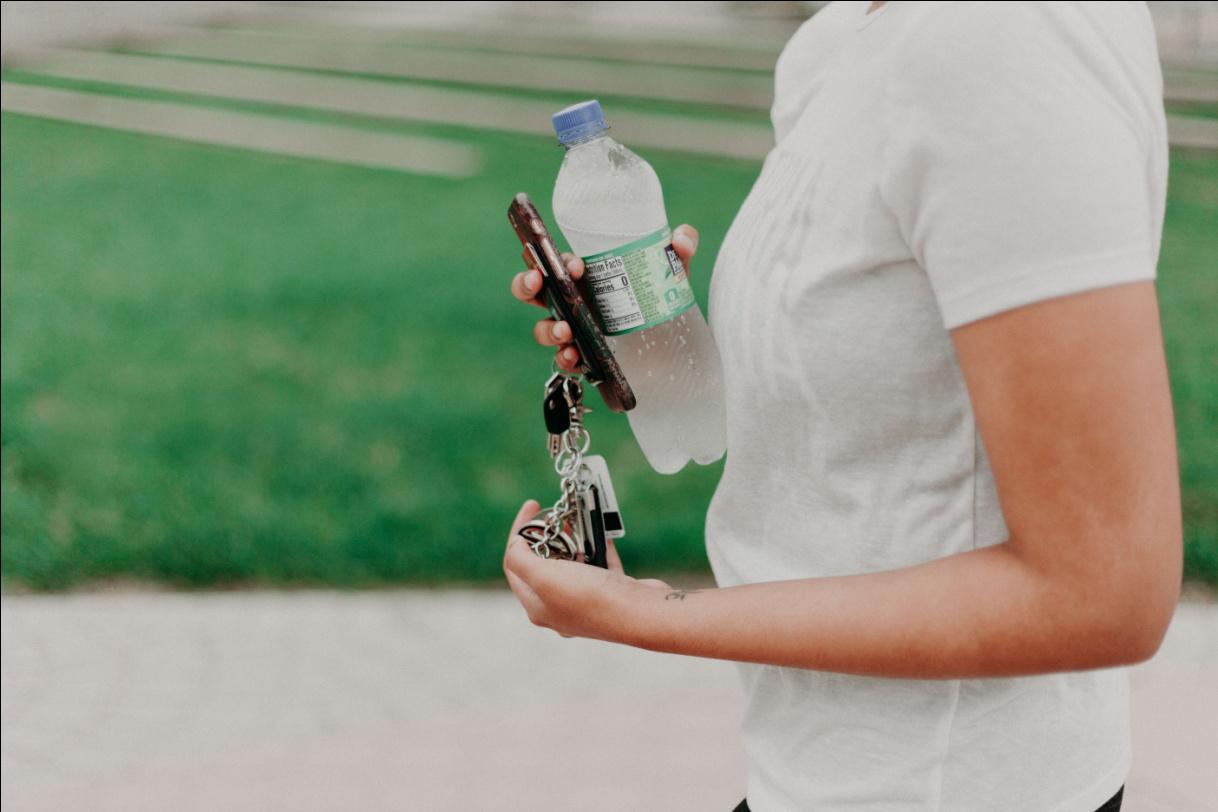Types of Plastic (Resins) Used in Food Packaging
If you’ve ever bought food in any capacity, the chances are that you know plastic is used in multiple types of food packaging and containers. This is because plastic is durable and secure and can keep produce fresh for long periods of time.

But did you know that there are different types of plastics (resins) used for different types of food? Pick up your milk carton; you will see a number between 1 and 7 on the bottom or the side of the plastic container (given it’s a milk container, the number will most probably be ‘2’). This is the plastic resin code, which helps you identify the type of plastic used in the making of that container, in this case: HDPE.
The plastics used in food packaging fall under these codes and are as follows:
Polyethylene Terephthalate (Resin Code: 1)
Polyethylene Terephthalate or PET, is most commonly used for bottling water, soft drinks, energy drinks, ketchup, oil, etc. This is because it’s lightweight and can be molded to be rigid or semi-rigid, which makes it fall resistant. It’s one of the most easily recyclable types of plastic, and is approved by the FDA for food packaging.
High-Density Polyethylene (Resin Code: 2)
HDPE plastic, with the resin ID code 2 is used in milk containers. It’s a sturdy but lightweight plastic that can hold up to a gallon of milk. It’s opaque in appearance and can also be used for squeeze butter and grocery bags. HDPE is also approved by the FDA for food packaging and can be easily recycled.
Polyvinyl Chloride (Resin Code: 3)
Commonly known as PVC, this type of plastic contains chlorine in large quantities which helps preserve the integrity of the food/substance it contains. This is why it’s usually used for medicines and mints. PVC has the FDA’s approval for food packaging and can also be recycled.

Low-Density Polyethylene (Resin Code: 4)
This is a light and more flimsy type of plastic that can be used for handling vegetable and fruit produce, as well as making coffee can lids. It’s pliant and flexible properties make it heat-resilient and it’s approved by the FDA for food contact.
Polypropylene (Resin Code: 5)
Polypropylene, or PP, is another sturdy plastic that is stiff and can be made opaque, translucent or any other color depending on preferences. PP has a high melting point which makes it apt for packaging food that can be microwaved. It’s used for making containers for cream, syrups, yogurt, and ice cream. It’s FDA approved and can be recycled.
Polystyrene (Resin Code: 6)
Used for making plastic cups and coffee mugs, PS is a stiff and tough plastic that can also be molded into foam to make plastic cutlery. It’s usually used to contain your Starbucks or eggs. It’s approved by the FDA and is recyclable.
Other (Resin Code: 7)
If your food container reads 7, it indicates that it’s not made up of any of the plastics mentioned above. It can have multiple uses, such as food trays and is considered to be approved by the FDA for the purpose.
The Plastics may be the meanest girls at North Shore High, but they also make for great food containers!
Of all the types mentioned above, PET is the best and most reliable of plastics, and that’s exactly what we’re offering at Premium Vials! Visit our website to explore the variety of plastic containers of amber plastic bottles and boston rounds, that we offer for your food packaging, or just call (888) 545-3117 for any queries.
Recent Posts
-
Why Should You Choose Amber Glass When Packaging Beauty Products?
Designing a line of beauty products is no simple task. So many details go into planning and crafting …7th Jul 2022 -
Candle Supplies - The Benefits of Using Tins for Your Candle Business
Candle business is a fantastic way to turn a hobby into an extra income stream. For those willing an …7th Jul 2022 -
Customize your packaging and protect your products during shipping
Customize your packaging and protect your products during shipping. Our custom partitions are made i …5th Jul 2022



